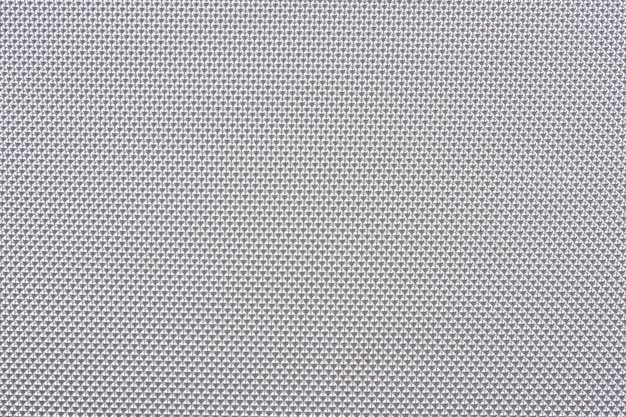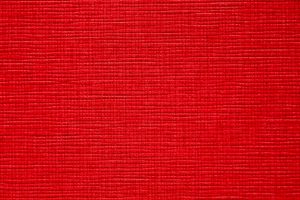
In the world of textiles, Tencel and Micromodal have emerged as two popular and sustainable fabric options. Both are known for their softness, breathability, and eco-friendly production processes. However, there are subtle yet significant differences between these two fabrics that set them apart. In this article, we will delve into the intricacies of Tencel and Micromodal, exploring their unique properties, manufacturing processes, and applications.
- Fiber Origins:
Tencel:
Tencel, also known as lyocell, is a type of cellulose fiber derived from sustainably harvested eucalyptus trees. The production of Tencel involves a closed-loop process, where the solvent used to dissolve the wood pulp is recycled, making it an environmentally friendly choice. The resulting fiber is known for its exceptional strength and moisture-wicking properties.
Micromodal:
Micromodal, on the other hand, is a variant of modal, which is derived from beechwood trees. The production process of Micromodal involves extracting cellulose from the beechwood pulp and then spinning it into fibers. Micromodal is renowned for its luxurious softness and excellent drape, making it a favored choice for high-end apparel.
- Fabric Characteristics:
Tencel:
Tencel fabric boasts a smooth and silky texture, with a natural sheen that adds a touch of elegance. It has excellent moisture absorption properties, making it ideal for activewear and bedding. Tencel is also highly breathable, allowing for enhanced airflow and comfort. Additionally, Tencel has a unique ability to regulate body temperature, keeping the wearer cool in hot climates and warm in cold weather.
Micromodal:
Micromodal fabric is renowned for its exceptional softness, often compared to that of silk. It has a lightweight and breathable nature, making it perfect for creating comfortable and flowy garments. Micromodal also has excellent color retention properties, ensuring that the fabric remains vibrant and fade-resistant even after multiple washes.
- Sustainability:
Both Tencel and Micromodal are considered sustainable fabrics due to their eco-friendly production processes. The trees used for their production are sourced from responsibly managed forests, and the manufacturing processes minimize waste and chemical usage. Additionally, both fabrics are biodegradable, reducing their environmental impact. - Applications:
Tencel:
Tencel's strength and moisture-wicking properties make it a popular choice for activewear, sportswear, and outdoor apparel. Its softness and breathability also make it suitable for bedding, towels, and home textiles. Tencel blends well with other fibers, such as cotton or wool, enhancing their performance and comfort.
Micromodal:
Micromodal's luxurious feel and excellent drape make it a preferred choice for high-end fashion garments, lingerie, and loungewear. Its breathability and moisture-wicking properties also make it suitable for underwear and sleepwear. Micromodal blends seamlessly with other fibers, such as spandex, to create stretchy and comfortable fabrics.
Conclusion:
While Tencel and Micromodal share similarities in terms of sustainability and comfort, their distinct properties and origins set them apart. Tencel's strength, moisture-wicking, and temperature-regulating properties make it ideal for activewear and bedding, while Micromodal's softness and drape make it a favored choice for high-end fashion and intimate apparel. By understanding the differences between these two fabrics, consumers can make informed choices based on their specific needs and preferences.


